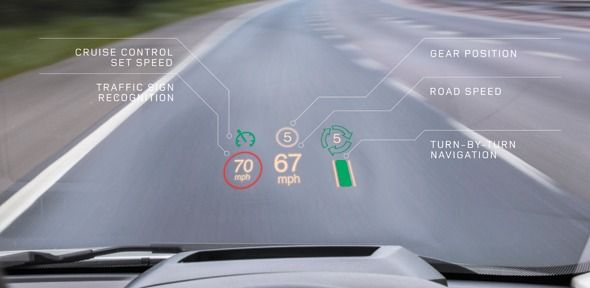The Burj Khalifa in Dubai currently holds the title of world’s tallest building, but its architects are now looking to overtake it with a new project in Saudi Arabia. Known as the Jeddah Tower, or Kingdom Tower, the building will rise at least 3,280 feet when it’s completed in 2018, making it the world’s first to reach a full kilometer into the air. (The Burj Khalifa is 2,716 feet tall.) This week, the Saudi government announced that $2.2 billion in funding had been secured to build Jeddah City, including the tower.
The tower was designed by Adrian Smith + Gordon Gill Architecture, and construction up to the 26th floor has already been completed. But there’s still a lot to be done. When completed, the $1.23 billion project will have 200 floors that will be used for offices, apartments, and a Four Seasons hotel. It will also overlook the Red Sea, which posed engineering challenges due to the nearby saltwater and high wind levels. That explains its deep, 200-foot foundations, and its angular, wind-shielding shape.
Smith and Gill say they also incorporated some of the design language from the Burj Khalifa, with its moat and cluster of surrounding towers. “Its specific form comes more from the image of a new palm about to spread its fronds,” Smith told The Guardian earlier this year.









